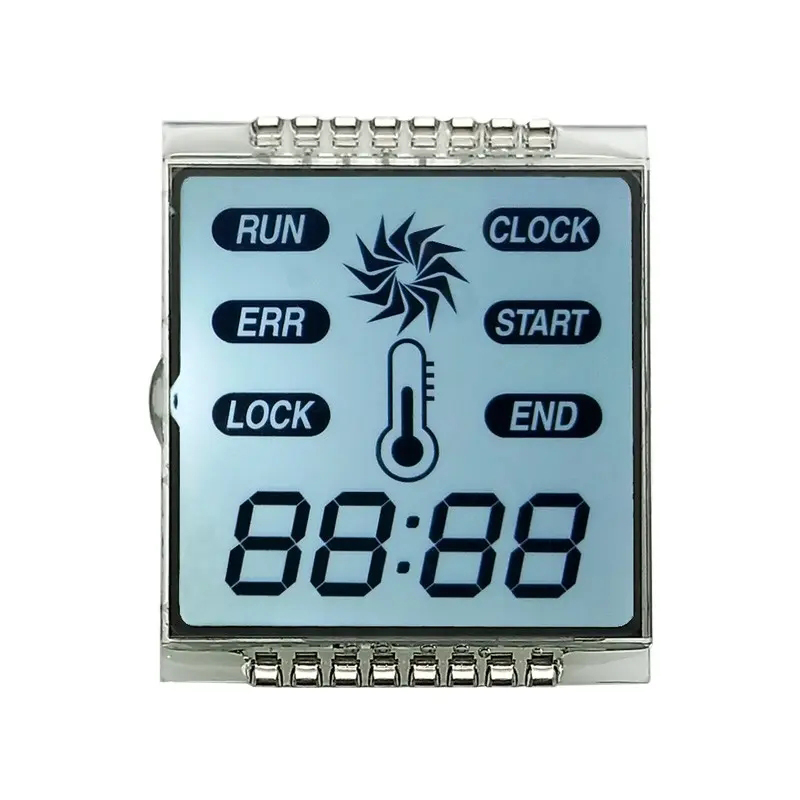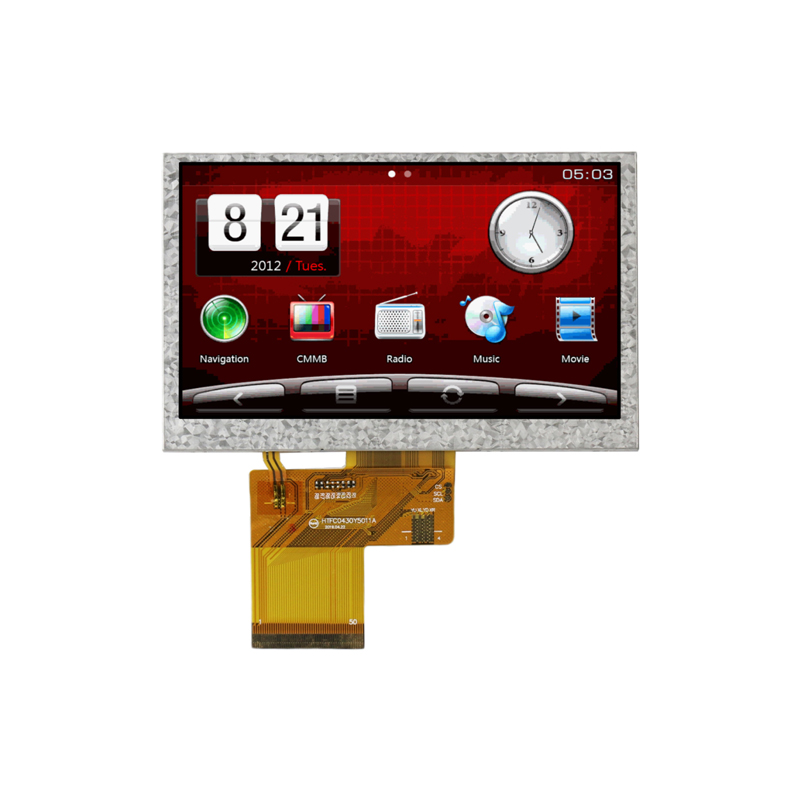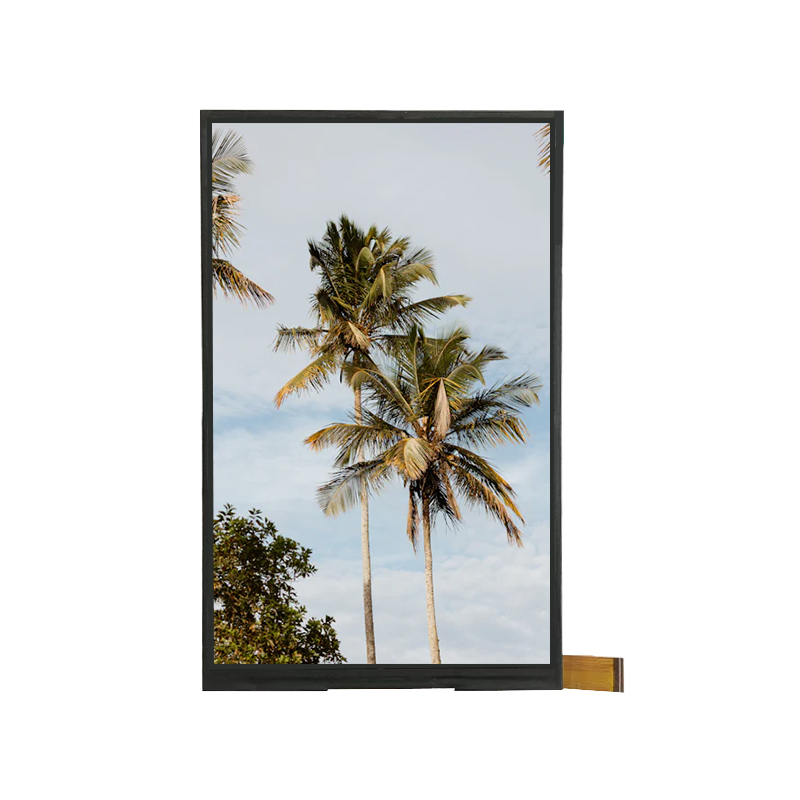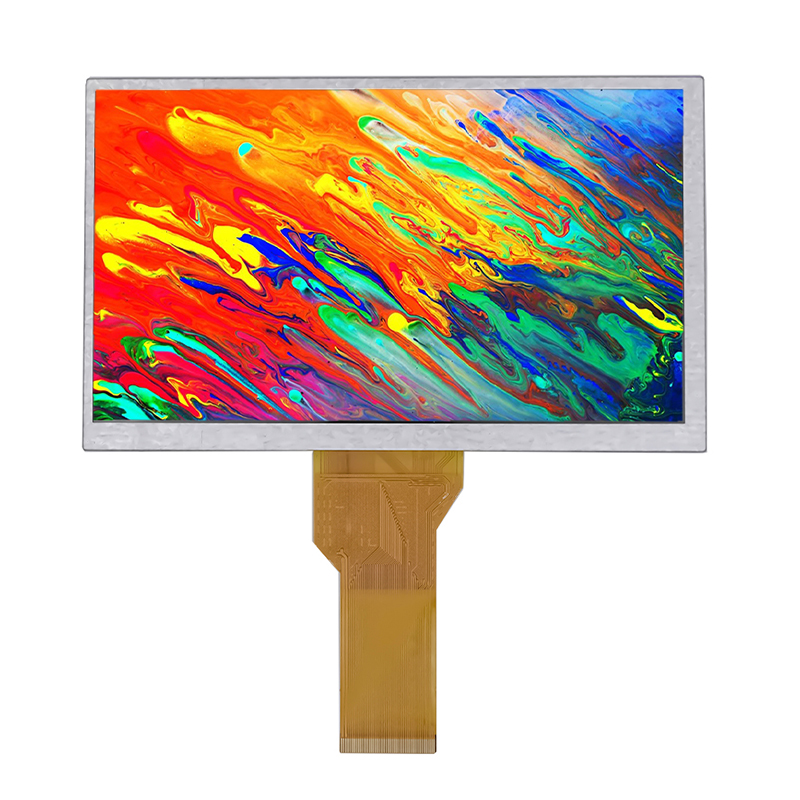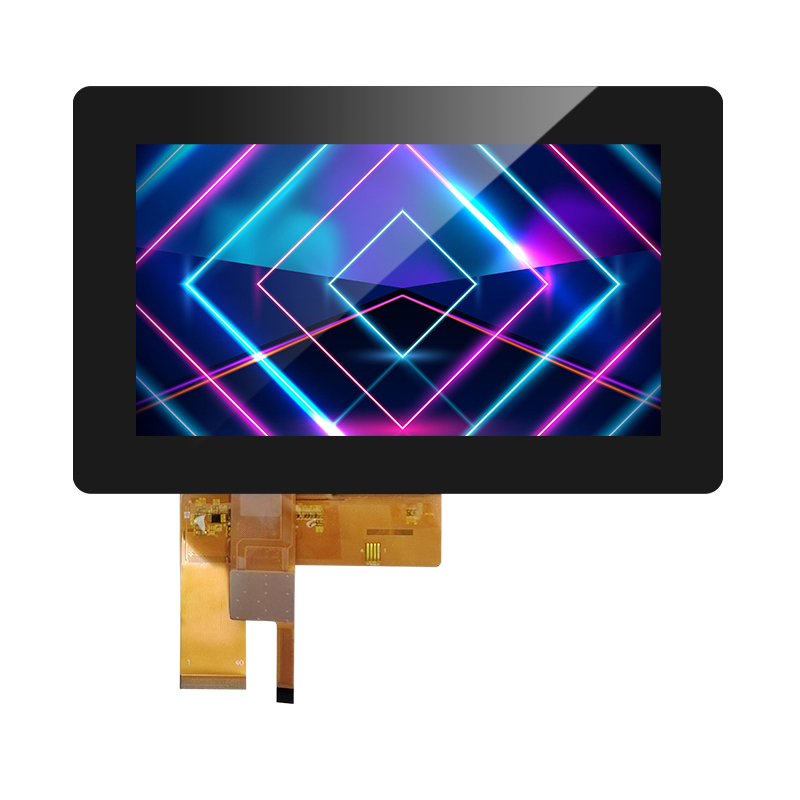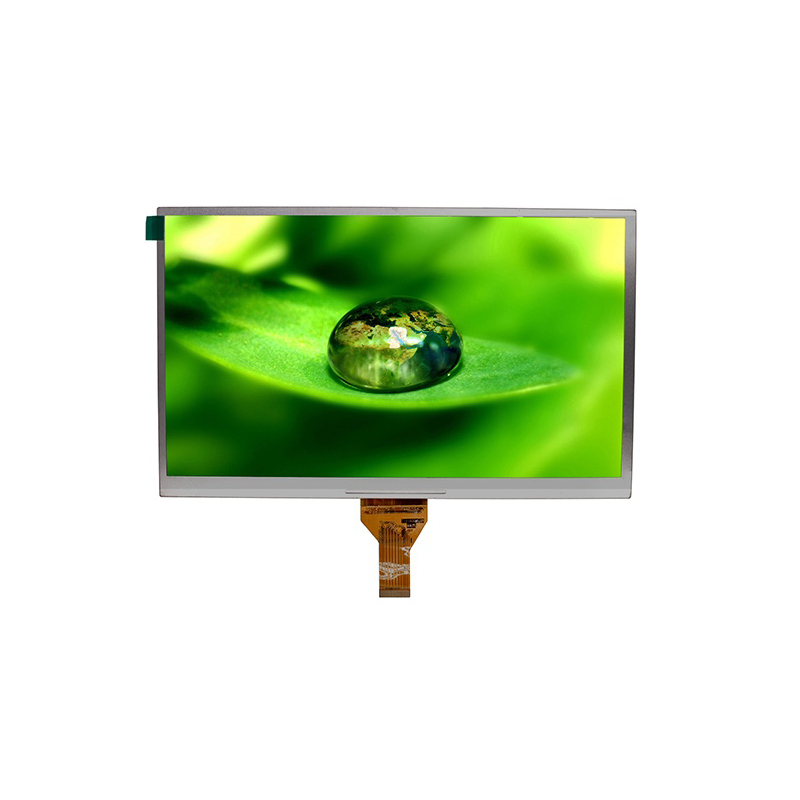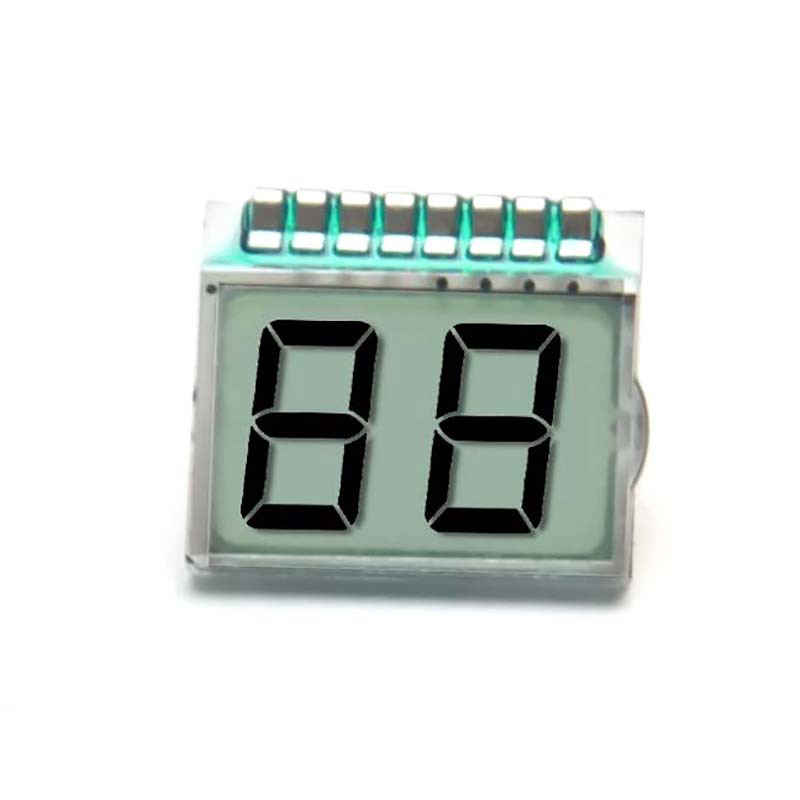This guide provides a comprehensive overview of selecting the ideal 10 TFT display for your specific needs. We'll explore key specifications, common applications, and factors to consider when making your choice. Understanding these aspects will help you find the perfect 10 TFT display to power your next project, whether it's a custom industrial device or a consumer-facing product. We will cover different resolution options, brightness levels, and interface types, providing you with the knowledge needed to make an informed decision.
Understanding TFT Display Technology
What is a TFT Display?
A Thin-Film Transistor (TFT) display is a type of liquid crystal display (LCD) that uses transistors to control each pixel individually. This technology allows for higher resolution, faster response times, and better image quality compared to other LCD technologies. 10 TFT displays, specifically, offer a balance between screen size and portability, making them suitable for a range of applications.
Key Specifications to Consider
When choosing a 10 TFT display, several key specifications are crucial. These include:
- Resolution: Common resolutions for 10 TFT displays include 1024x600, 1280x800, and higher. Higher resolutions provide sharper images and more detail.
- Brightness: Measured in candelas per square meter (cd/m2 or nits), brightness is critical for visibility in different lighting conditions. Displays intended for outdoor use will require significantly higher brightness levels.
- Contrast Ratio: This measures the difference between the brightest white and the darkest black a display can produce. A higher contrast ratio results in richer blacks and more vibrant colors.
- Response Time: Measured in milliseconds (ms), response time indicates how quickly a pixel can change from one color to another. Lower response times are ideal for applications requiring fast-moving images, like gaming.
- Interface: Common interfaces include LVDS, TTL, and SPI. The choice depends on the compatibility with your system's controller.
- Viewing Angle: This specifies the range of angles from which the display can be viewed without significant color shift or loss of contrast.
Applications for 10-inch TFT Displays
Industrial Applications
10 TFT displays are widely used in industrial settings for monitoring equipment, controlling processes, and providing user interfaces in various machines. Their robustness and readability make them suitable for harsh environments.
Consumer Electronics
From portable media players to digital photo frames, the versatility of a 10 TFT display makes it a popular choice in consumer electronics. The balance of screen size and portability makes it ideal for these applications.
Medical Devices
In medical devices, clear and reliable displays are critical. 10 TFT displays are often integrated into diagnostic equipment and patient monitoring systems. The high-quality images and durability are crucial in these sensitive applications.
Choosing the Right 10-inch TFT Display: A Step-by-Step Guide
Selecting the perfect 10 TFT display involves careful consideration of your project's specific requirements. Here's a step-by-step approach:
- Define Your Needs: Identify the key features (resolution, brightness, etc.) necessary for your application.
- Research Display Manufacturers: Explore different manufacturers and compare their offerings. Consider factors such as reputation, technical support, and lead times. For high-quality displays, consider exploring reputable manufacturers like Dalian Eastern Display Co., Ltd. They offer a wide range of customized display solutions.
- Compare Specifications: Create a comparison chart listing various displays' key specifications to facilitate a side-by-side evaluation.
- Consider Cost: Balance your budget with the desired features and quality. Higher-end displays usually offer better performance and durability.
- Test and Evaluate: If possible, obtain samples and thoroughly test them under your specific operating conditions.
Table: Sample 10-inch TFT Display Specifications
| Feature | Option A | Option B |
| Resolution | 1024x600 | 1280x800 |
| Brightness (cd/m2) | 300 | 450 |
| Response Time (ms) | 5 | 2 |
| Interface | LVDS | SPI |
Remember to always consult the manufacturer's specifications for the most accurate and up-to-date information.


